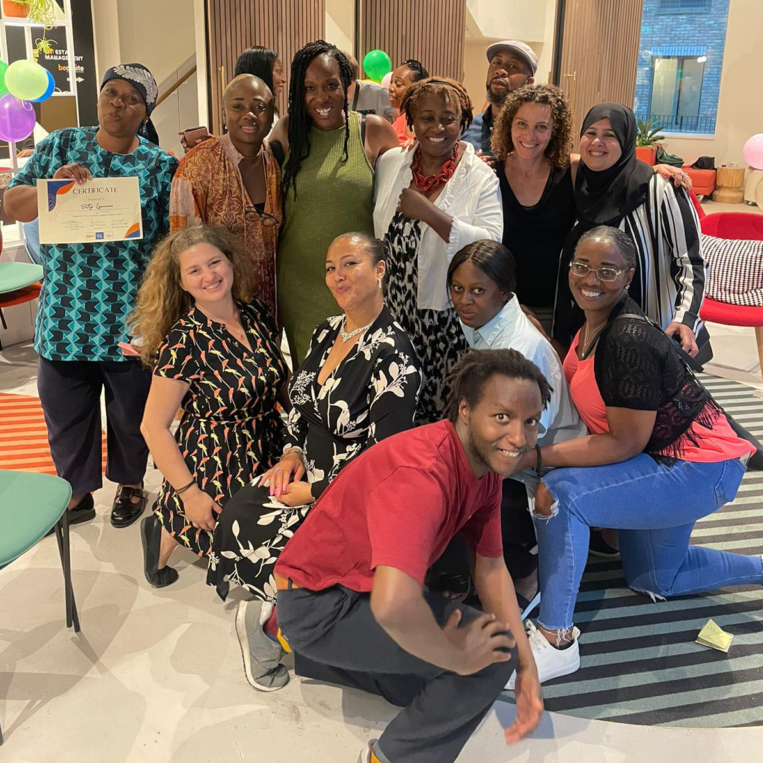Networks often require donor funding to undertake activities to achieve their visions and missions. But, as we so often hear in our work with networks, mobilizing and managing adequate funds pose a host of challenges, both for networks and their donors. And, given the paucity of existing research, the fundamental questions of what, why, and how donors fund networks are as yet broadly unanswered.
Collective Mind recently completed the first phase of a participatory research study that engages both networks and donors to better understand donor funding to networks. By shedding light on these key questions, the study seeks to improve donors’ funding approaches with networks and to inform networks’ fundraising strategies. The first phase of our study included collecting responses from both networks and donors to an initial survey and reviewing the limited related evidence base. Our findings from this phase – outlined below – will inform the next steps of the research.
The what, why, and how of donor funding to networks
Based on survey responses and our review of the literature, practical challenges seem widespread. While many networks receive project or programmatic funding, these types of funds are generally mismatched to networks’ needs. A focus on outputs limits the ability of networks to cover their core functions like serving and engaging members. Appropriately funding networks requires funding processes – for communication, dialogue, exchange, co-creation, and collaboration – not necessarily funding specific projects. Networks require funding for developing network infrastructure and shared resources, member facilitation, convenings, communications, measurement and learning, general operations, facilitation, research, and more. In general, networks typically need more general flexible support that covers staffing costs – but struggle to find it.
Other practical challenges arise as a result of the sometimes-amorphous organizational status and limited capacity that networks often have. Networks without legal status or a central governance or management mechanism may limit their options for funding. Channelling funds through intermediaries as an alternative brings other administrative challenges. Likewise, networks often lack the capacity for grant/proposal writing and reporting and may not be able to meet strict financial and administrative requirements or follow related procedures.
These practical challenges, while critical, can be viewed as manifestations of deeper disconnects – between what and how donors fund and what networks need based on what they’re capable of undertaking and achieving. These disconnects can be structural, for example, where donor strategy and operations set short-term funding cycles or limit the flexibility of funding types. They can also reflect a lack or misunderstanding of the nature of networks, how they function, and the specific kinds of value they’re capable of creating by facilitating and coordinating members towards defining shared goals and taking collective action.
Non-project-based types of investments in networks might not align with donor goals or their needs to see a direct return. Similarly, donors often struggle to understand how their funding can help to support network development and improvements. As noted elsewhere, even understanding what a network’s capacity may be as a baseline to build that capacity can seem daunting. Measuring a network’s health and determining its potential for sustainability likewise require custom frameworks and tools grounded in network expertise. Furthermore, the nature of networks and how they create change defines how we can describe their impacts and measure success. The nonlinear nature of the value creation of networks – for which progress is often intangible – creates challenges for identifying, tracking, and monitoring outcomes and impacts.
Critically, myriad complications arise about the role(s) that donors should play when investing in a network. Networks and donors struggle with the challenge of donor influence that shifts the priorities of the network, lessens ownership, or creates conflicts. It is often unclear how a donor can fund without biasing the structure and direction of a network (particularly for nascent networks), either intentionally (e.g. by demanding changes to obtain funding) or unintentionally. Donors may also underestimate the range of roles they can play not just as a funder but as a member or supporter in other ways (such as connecting the network to other resources, partners, etc.).
Answering the pressing questions
These key findings are the starting point for our next steps. They will shape the templates against which we co-develop case studies on both networks and donors about their funding to deepen our understanding of the interconnected issues and develop cross-comparative analysis. Through these next stages of the research, we hope to answer questions from the most practical, such as whether networks should register as legal entities to increase their funding options, to those of the highest order – as to whether the philanthropic funding model for networks needs to be recreated.

Kerstin Tebbe is the Founder of Collective Mind.
Kerstin has 18 years of experience supporting networks and multi-stakeholder collaboration. Her passion for networks was ignited by 6.5 years (2008-2014) spent on the Secretariat for the Inter-Agency Network for Education in Emergencies (INEE) where she coordinated an international technical working group, established a pan-African knowledge hub, and served as Deputy/Acting Director of the network.
Interested in participating in our research and developing a case study of your organization? Get in touch at [email protected].
Originally published at alliancemagazine.org
featured image found HERE



